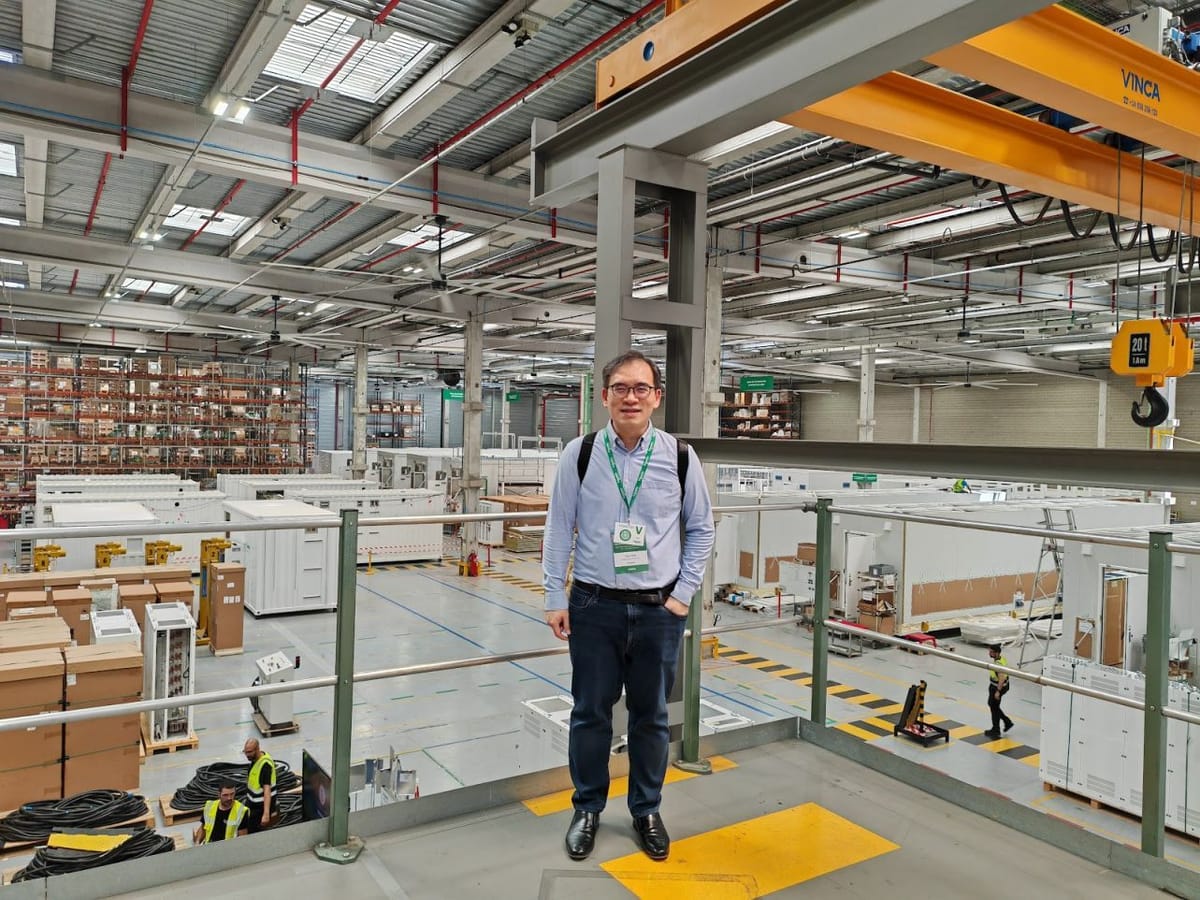As power capacity doubles, data centres must evolve
Understanding liquid cooling's role in the data centre of the future

AI will drive 2x growth in data centre power capacity in 5 years. This means data centres must evolve.
This week, I visited Barcelona to see how Schneider Electric assembles its prefabricated and containerised data centres at its factory.
Also had the chance to attend briefings by senior members of its data centre division. Here are my thoughts.
AI workloads
AI is here to stay. There are no pathways that don't include AI in some shape or form. But compute systems with lower power demands won't disappear either.
This means our current way of designing data centres - often carving out a separate section for AI while non-AI workloads reside elsewhere, won't work.
We need a new approach to cooling for maximum flexibility and sustainability for supporting both AI and non-AI workloads.
- A new end-to-end design approach.
- Partnerships for an AI-inclusive ecosystem.
- New systems suited for this new paradigm.
Did someone say liquid cooling
Unsurprisingly, the new AI-centric data centres of the future must support liquid cooling.
- < 40 /kW racks: Liquid cooling offers better efficiency.
- ~ 50 /kW racks: Air cooling still possible, but barely.
- > 50 /kW racks: Liquid cooling is a must-have.
I just wrote a post about why liquid cooling is the future of data centres yesterday.
No work in the park
But liquid cooling isn't trivial.
- Local sustainability standards differ.
- Not all liquid cooling solutions scale well.
- Efficiency might come at the expense of other areas.
Throw in the need for continued need for air-cooling, and it just gets... complicated.
Making liquid cooling work
What will the data centres of the future look like? The industry must come for a new generation of more sustainable, flexible, data centres.
We need:
- New data centre design and modeling software.
- New high-capacity power trains, systems for AI.
- Easy way to determine data centre efficiency.
- Greater innovation across the ecosystem.
And yes, Schneider Electric says it has developed a reference design for an AI-centric data centre with Nvidia - I'll share more about it in another post.
Would love to hear your thoughts about how data centres must evolve.




